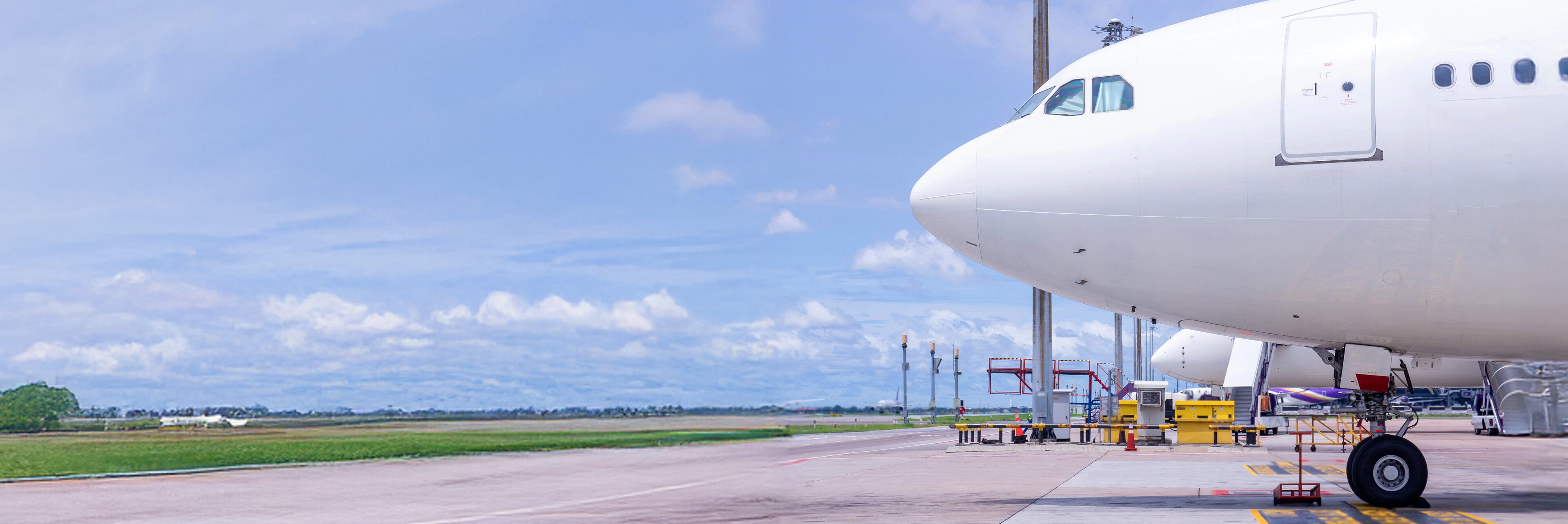The aviation industry faces mounting pressure to reduce its environmental footprint amidst growing air travel demand. Challenges such as high emissions, regulatory compliance, and stakeholder expectations necessitate comprehensive solutions. FORLIANCE offers the aviation sector customized climate strategies, including accurate emissions analysis, carbon footprinting, and the development of nature-based climate projects, to navigate these complexities and achieve sustainability objectives.


